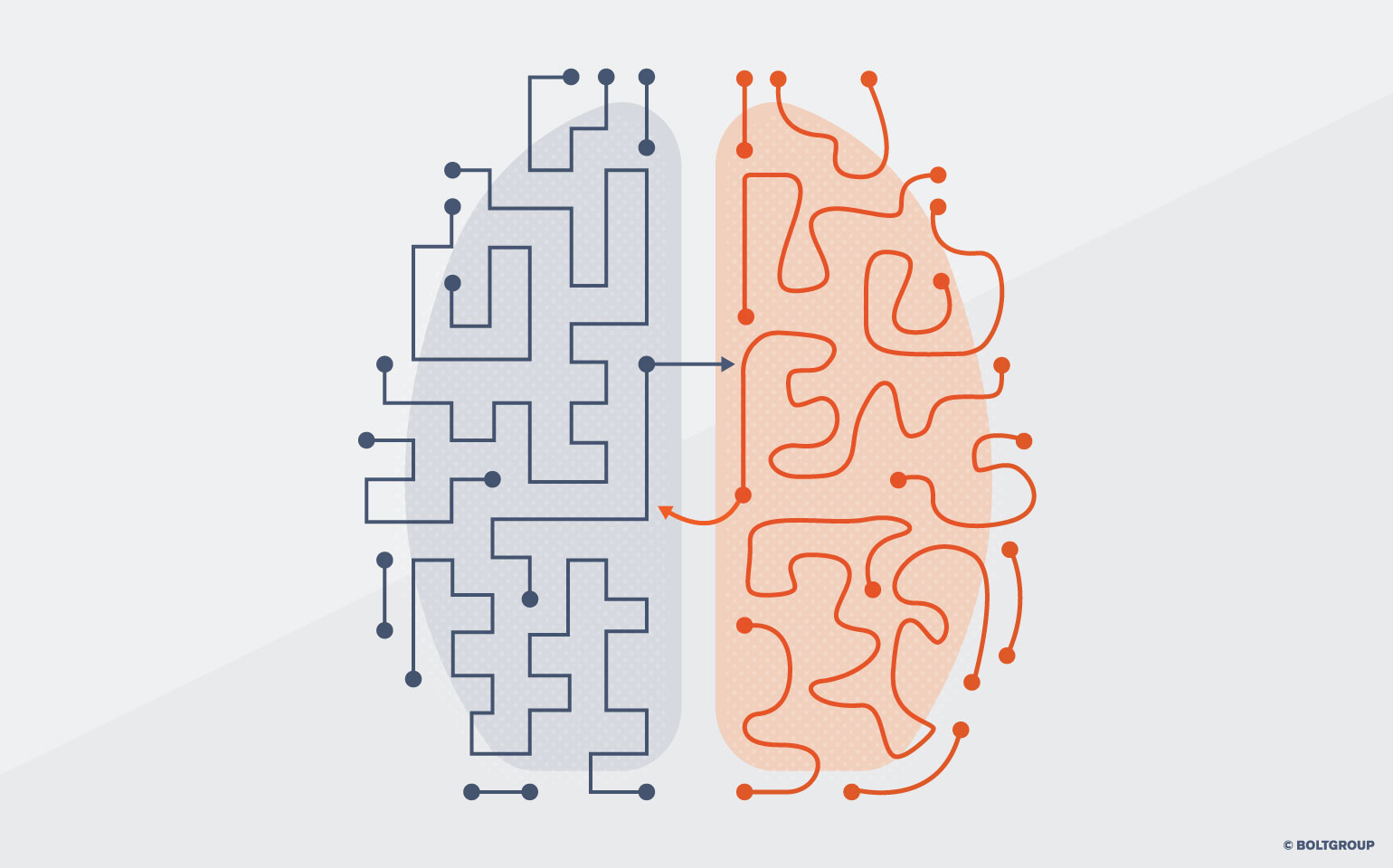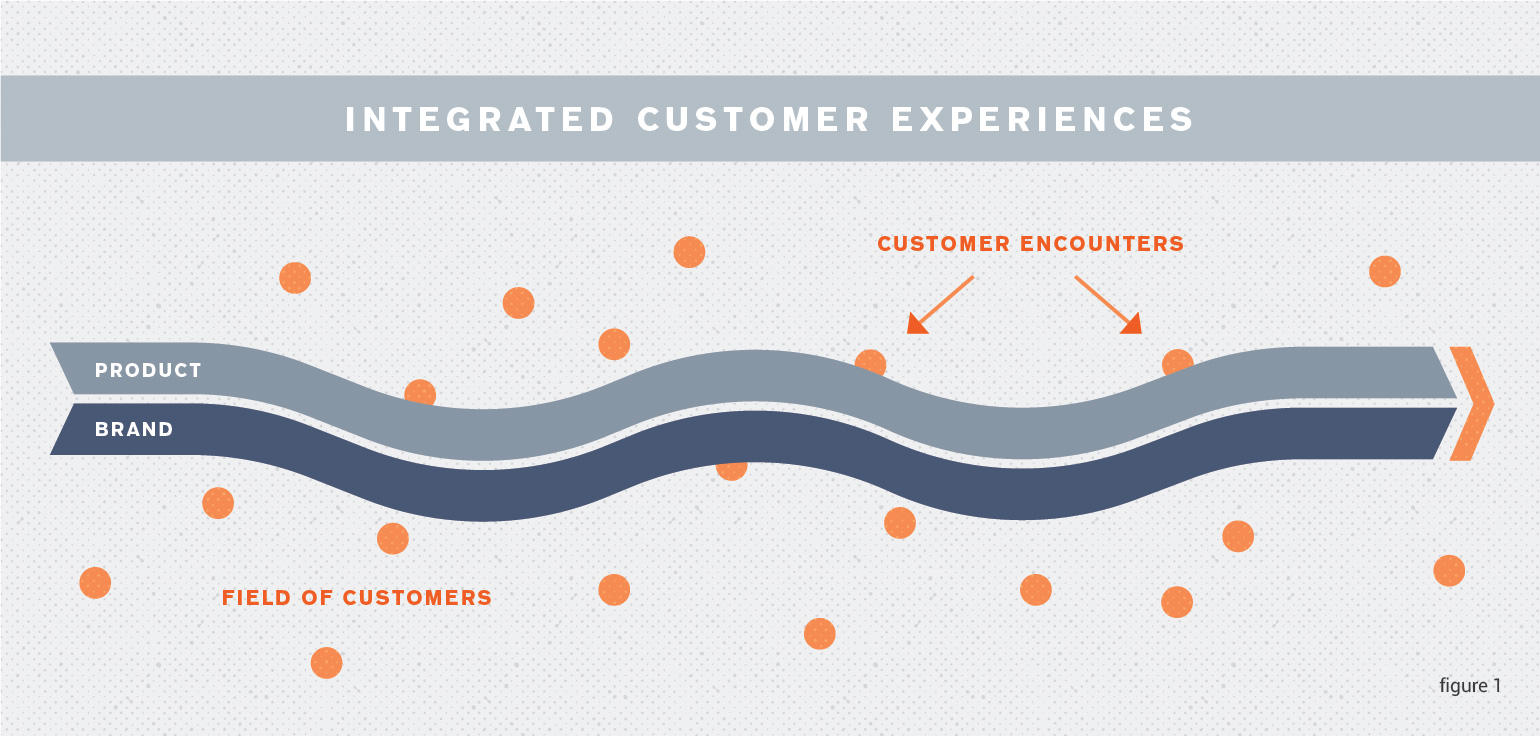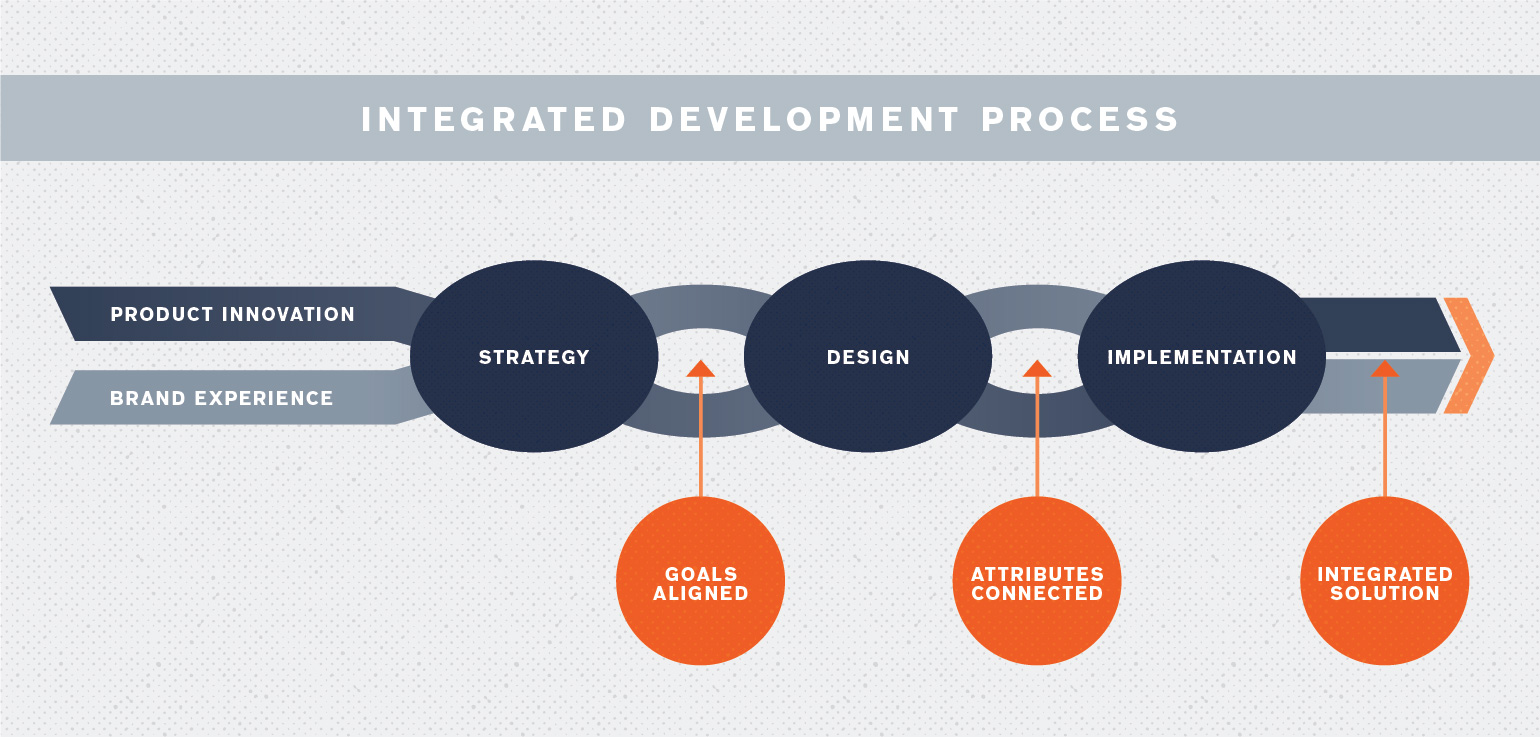3. Research Use It—Don’t Abuse It
Market research in the development process is like gasoline —essential fuel, but dangerous when misused. Misconstrued research data can send a design program down the wrong path, and misused focus groups can squelch innovation in a flash. It’s been said that market research is like driving a car using your rear view mirror. It tells you what people were thinking yesterday, not what they will think tomorrow. One must understand what research can do and what it cannot do. Traditional market research relies on interviews, discussions, and surveys, and therefore, can capture only what customers actually recognize and can articulate. While important, this type of information is often not adequate for an integrated development program. However, when augmented with observational research, which looks at actual behavior within the environment of use, the combined data provides a detailed picture of the customer and the user. Mix in research into lifestyle trends and technology advances and you get a rich body of knowledge that can predict how people will behave.
BOLTGROUP has formulated a blend of research techniques to answer the question: What design attributes and market positioning will inspire the customer to buy? And what does the user need within their specific environment? With astute analysis of the resulting data, the two techniques complement each other and provide a deeper understanding of needs and expectations. The design criteria and positioning goals generated through this blend of research apply to both product and brand, thereby guiding the integrated design process.
4. Don’t Rely Too Heavily on Advertising
Advertising is, of course, crucial to the positioning and marketing of a product + brand. It cannot, however, take the place of good design. Advertising is fundamentally about selling. Design is fundamentally about making things, and making them better. It’s about solving problems and meeting needs. It’s about creating ideas and creating culture. The hollow claims made by advertisements for a poorly designed product + brand echo in the minds of customers long after the disappointing experience.
5. Develop a Design Partnership
Create a partnership with designers, whether they are consultants or in-house staff. Designers are trained to look at problems from various perspectives, and to explore multiple solutions and communicate them through illustrations and models. They are also trained to ingest information about customers and culture, and then formulate images and ideas. Ask your designers—both product and brand—to envision the total experience for your customer. Feed the process with research and test the ideas with customers, but don’t discount the designer’s intuition. Also ask your designers to build a design ethos within your organization. A design ethos is a corporate culture that includes a system of shared beliefs about design and a design perspective of everything the company does. Any organization can benefit from the key tenets of product + brand design—innovation, customer appeal, aesthetics, and user-friendliness.
6. Take Advantage of Your Customer’s Intra-sensory Perception
Intra-sensory perception is the composite experience of the environment assembled from the various inputs that enter through all the human senses. This amalgamation of sensations and memories influences how a customer experiences a product and brand. Every way a customer encounters a product and brand becomes a part of the intra-sensory experience—the journey a person takes in owning and using a product.
Retailers have discovered the importance of intra-sensory perception. From Apple to Anthropologie, retailers have created websites and stores that entertain and inform by engaging the senses. In the brick and mortar environments the entire experience—the sounds and smells, the interplay of graphics and lights, kinesthetic sensation of the space—all are designed to communicate the product + brand message. In these environments, the medium truly is the message. A shared inflection, emotion, and expression are apparent in store signage, music, merchandising, packaging, and the products themselves.
Intra-sensory perception goes beyond the store. The annoying squeak of packing material being removed from a new computer creates a negative sensation that is logged in the customer’s mind. The smell of a new car during a test drive brings back positive memories that blend with other perceptions to create a “story” in the mind of the customer that influences the purchase decision. The story is the message—the message communicated through the product and the brand.
Touch the customer at every chance you get. Engage the customer at every opportunity and through all the senses. But engage with clarity. Communicate a clear, consistent message—a message that is unified through an integrated product and brand.


